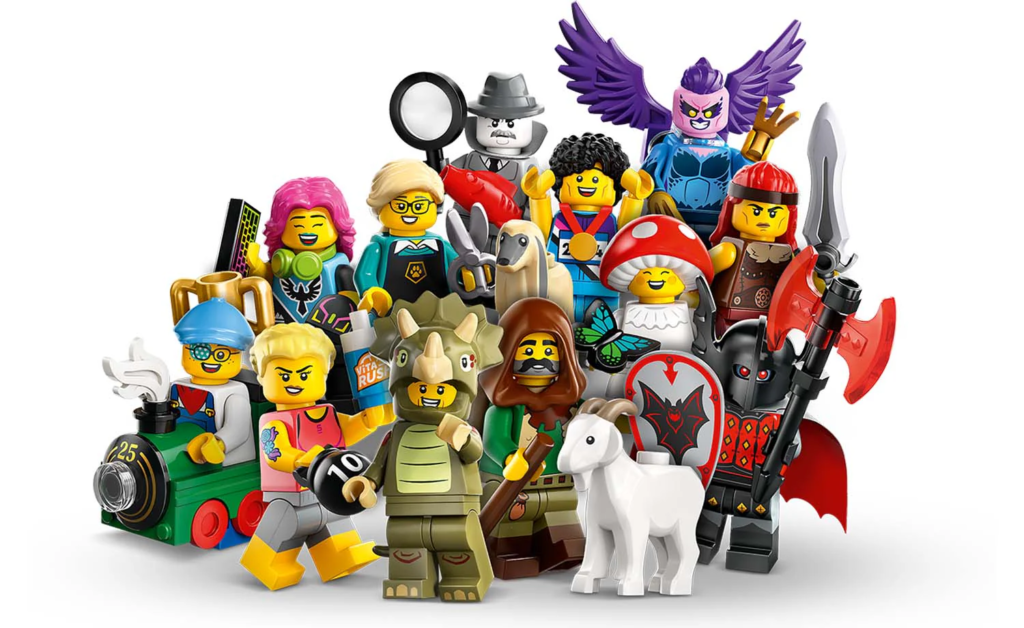LEGO, the renowned Danish toy manufacturer, has etched a significant mark on the world of play since its inception. Established in 1932 by Ole Kirk Christiansen, LEGO initially focused on crafting wooden toys. However, the company’s transformation came 兒童玩具 in 1958 with the creation of its revolutionary interlocking plastic bricks. This pivotal development not only redefined construction toys but also set the stage for a new era of imaginative play and creativity.

Central to LEGO’s enduring success is its remarkable ability to fuel creativity. Unlike conventional toys that restrict play to predefined outcomes, LEGO bricks offer limitless possibilities. They invite users to construct anything from complex architectural designs to whimsical characters, limited only by their imagination. This open-ended play fosters crucial cognitive skills such as problem-solving, spatial awareness, and creative thinking. By engaging with LEGO, individuals of all ages develop abilities that extend beyond mere play, making it a tool for both education and enjoyment.
Another key to LEGO’s success is its continuous innovation and adaptability. The company has evolved far beyond its initial product line, introducing a wide range of themed sets and products over the decades. From partnerships with major franchises like Star Wars and Marvel to original themes like LEGO Technic and LEGO City, LEGO caters to a broad spectrum of interests and age groups. This strategic variety not only keeps the brand relevant but also ensures that it remains a favorite across generations, appealing to both nostalgic adults and curious children.
LEGO’s influence extends beyond just recreational play, making notable contributions to education and community engagement. The LEGO Foundation, for instance, is dedicated to enhancing learning experiences through play-based education. Their initiatives support educational programs worldwide, demonstrating LEGO’s commitment to making a positive impact beyond its toy products. Additionally, LEGO bricks have been used in art, architecture, and even scientific models, highlighting their versatility and widespread utility in creative and academic fields.
Looking ahead, LEGO’s future appears as dynamic as its past. The company is making strides in sustainability, with efforts to produce eco-friendly bricks from recycled materials. This commitment to environmental stewardship reflects a growing awareness of global issues and an intention to contribute positively to the planet. Furthermore, LEGO’s ventures into digital realms, including video games and augmented reality, promise to revolutionize interactive play. These advancements indicate that LEGO will continue to evolve, maintaining its relevance and charm in an ever-changing world.
In summary, LEGO’s transformation from a small wooden toy maker to a global icon exemplifies the power of creativity and innovation. Its ability to inspire imagination, coupled with its ongoing efforts to innovate and adapt, underscores its significant role in shaping both play and education. As LEGO continues to push boundaries and explore new frontiers, it solidifies its place as a beloved brand that transcends generations, ensuring that the joy of building and creating endures for years to come.